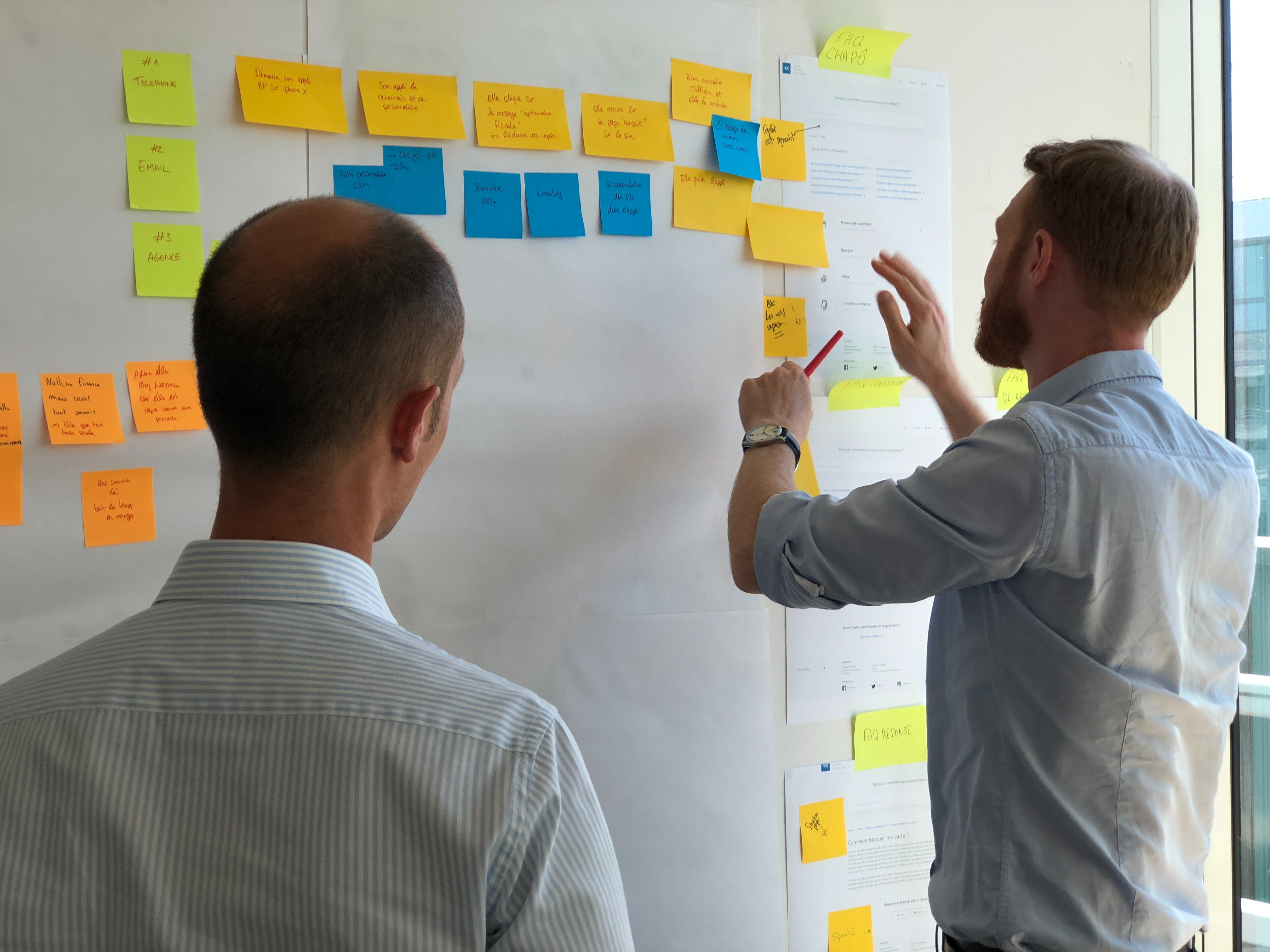Learn how to manage talent during a merger and acquisition by implementing a retention strategy that helps your company keep the best employees
“Fear of the unknown is the greatest fear of all.”-Yvon Chouinard

The number of mergers and acquisitions (M&As) has increased over the past decade, as companies make the deals to move into new markets. According to the PwC 2017 M&A Integration Survey Report, the number of government-approved M&As increased from 29 percent in 2010 to 54 percent by the end of 2016.
Fewer than 50 percent of the companies that responded to the M&A study stated they retained a sufficient number of employees during the transition. Because HR departments have difficulty retaining employees, talent management has emerged as one of the most important considerations in completing a successful merger and acquisition.
Talent management during an M&A should not follow a one-size-fits-all approach. However, it should follow a few steps that make the organizational transition as smooth as possible.
HR Challenges During Mergers and Acquisitions
They say you have to learn how to crawl before you can walk. For HR professionals tasked with managing the impact of mergers and acquisitions, the crawling phase of the learning curve starts during the transition process.
Assessing Cultural Differences
A battle of cultures represents the number one headache that HR managers face during a merger and acquisition. One company might focus on growing sales, while the second company emphasizes improving customer service. The key is to blend the two company cultures into one well-oiled machine. Getting it does requires extensive research into the details of each company’s culture.
Who Should Stay and Who Should Go
No other organizational issue plays into the fear of the unknown more than deciding which talent to keep and which talent to let go of. Each M&A is unique, from no changes in personnel to a dramatic downsizing that impacts a majority of employees.
A negative reaction to personnel changes is a part of mergers and acquisitions. Your primary role as an HR professional is to minimize the negative reactions that accompany the fear of the unknown.
Maintaining Employee Benefits
One of the most significant challenges that HR professionals face in the post-Covid era involves maintaining employee benefits. The same dilemma applies to HR professionals who have to address organizational changes during mergers and acquisitions.
Here are some of the employee benefits issues that you might have to address:
- Health insurance
- Life insurance
- Retirement plans
- Paid leave
- Childcare subsidies
- Pension allowances
 How to Devise a Talent Management Strategy
How to Devise a Talent Management Strategy
Talent management needs to be the top priority during the stressful period of negotiations for a merger and acquisition. The talent that you determine to be vital to the success of your company requires special attention.
To retain the best talent, it’s important to determine the approach to take, as well as monitor the results of your retention strategy.
Implementing a Talent Retention Strategy
After upper management and the human resources department have selected the best talent, they should immediately implement a retention program. The quicker you develop and implement a retention strategy, the sooner your most important team members feel at ease with the merger and acquisition.
One of the most effective ways to ensure your retention program works is to offer incentives to the best talent. The incentives should be both financial and non-financial rewards. Make sure to monitor the success of your retention program. One critical metric is calculating the percentage of the top talent that plans to remain with your company after the merger.
Make the Process Fair and Transparent
One common reason why employees stress out during mergers and acquisitions is that the process is not transparent. Rumors swirl around offices, with one question dominating the conversations.
“Will I still have a job after the M&A?”
The first step in the process should be to create open lines of communication that provide helpful information. Your HR department can mitigate the impact of a merger and acquisition by clarifying the talent selection criteria. Employees also want to know the timeline for reaching an agreement, as well as whether the company has the tools and resources to help displaced workers find new jobs.
Communicating with Employees from Both Organizations
One of the best ways to minimize the impact of mergers and acquisitions is to keep every employee from both organizations in the information loop. Uncertainty is the primary driver behind fear and anxiety. If you fail to keep the employees from both organizations informed, you run the risk of losing some of the best talent.
One critical piece of information to pass on involves communicating which positions your company expects to eliminate because of duplication.
How to Talk to Your Employees After an M&A
Talent management assumes more meaning after an M&A because you want to understand the goals of each of the remaining members of your team. One of the first items on an HR department’s to-do list is to schedule informal meetings with each employee. During this session, you can discover where each member of your team wants to be in one year, five years and 10 years.
One-on-one meetings also give employees a clear idea of what your company expects from them moving forward.
Onboarding New Talent
After mergers and acquisitions, the human resources department has to implement talent management practices that include onboarding new employees. Because of the fast pace of change and the tremendous amount of work to complete, onboarding often takes a back seat to other company priorities.
Onboard new employees in two phases. New employees complete phase one online by submitting the necessary documents under state and federal laws. Phase two takes place at an orientation that includes the entire team of new employees.
The Bottom Line
Since the frequency of mergers and acquisitions has increased over the past decade, your company needs to be ready for the rapid changes that come with talent management. Implementing a retention strategy based on open communication is a highly effective way to turn a negative experience into a positive one. Fairness and transparency go a long way towards minimizing the impact of mergers and acquisitions.